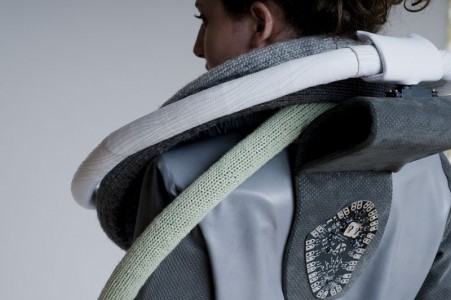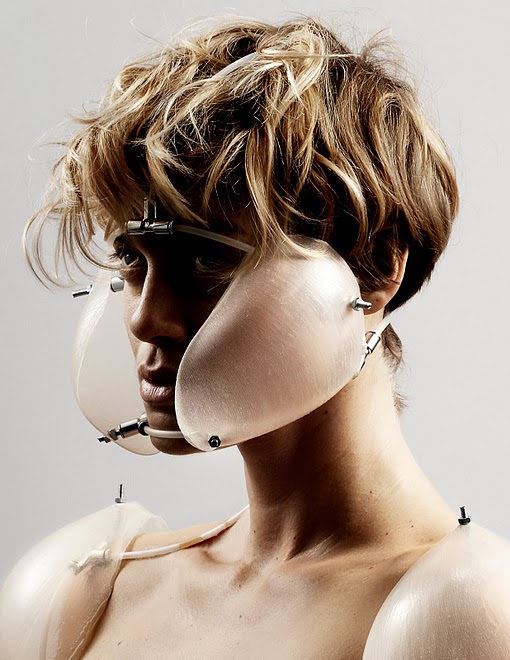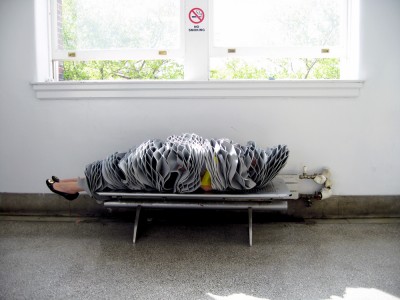Recently sent to me, Nancy Tilbury in collaboration with Visual Artists 125 Creative, has created a collection of incredibly evocative explorations that infuse biological experiences with couture. From digital cosmetics to couture that we cultivate, Tilbury visualizes what it would be like to wear living skins.
"A Fashion Futures Film set in 2050. Couture becomes a biological experience, gowns are assembled by gas and nano-electronic-particles, where tailoring and cosmetics are constructed by 3D liquid formations, including swallowable technologies exciting the mind, body and soul through physical expression. It is a time when couture will be cultured and farmed as fashion facets of human flesh. A Fashion Futures Film to provoke...
This Film encompasses the work of Interdisciplinary Fashion Designer Nancy Tilbury and Visual Artists 125 Creative. It's narrative is formed in partnership with Philips Design, Probes Director Clive van Heerden as well as specialist concepts in the area of Living Skins with the Design for Need Expert Amanda Sleet." Continue reading on digitalskinsbodyatmospheres.
[gallery]
Photos from vimeo from left to right: Cloud Gown, a dress made of gas and active nanoparts. E-Pannosa, an electrodynamic moisturiser. Ether Dress, a thinking dress activated by nanignation implants. Tendo Veluntos, swallowable couture. Abeo Eyes, electric eyes. Dynamic Varnish. Humanous Heels, cultured stilettos.
More on Nancy Tilbury.




